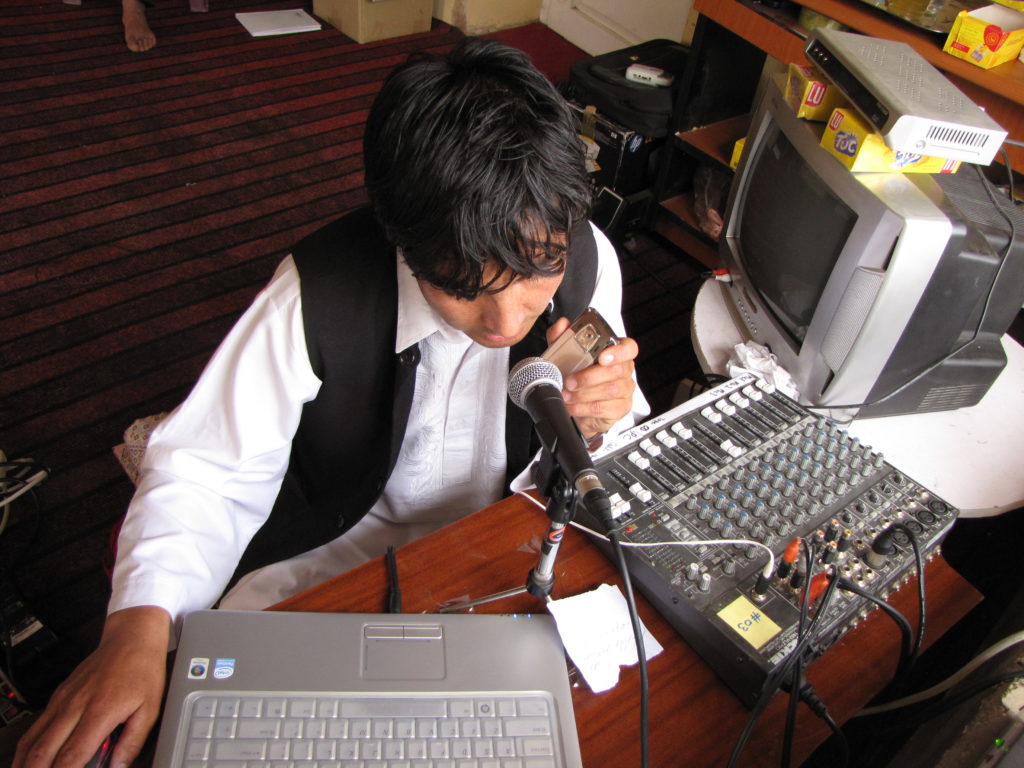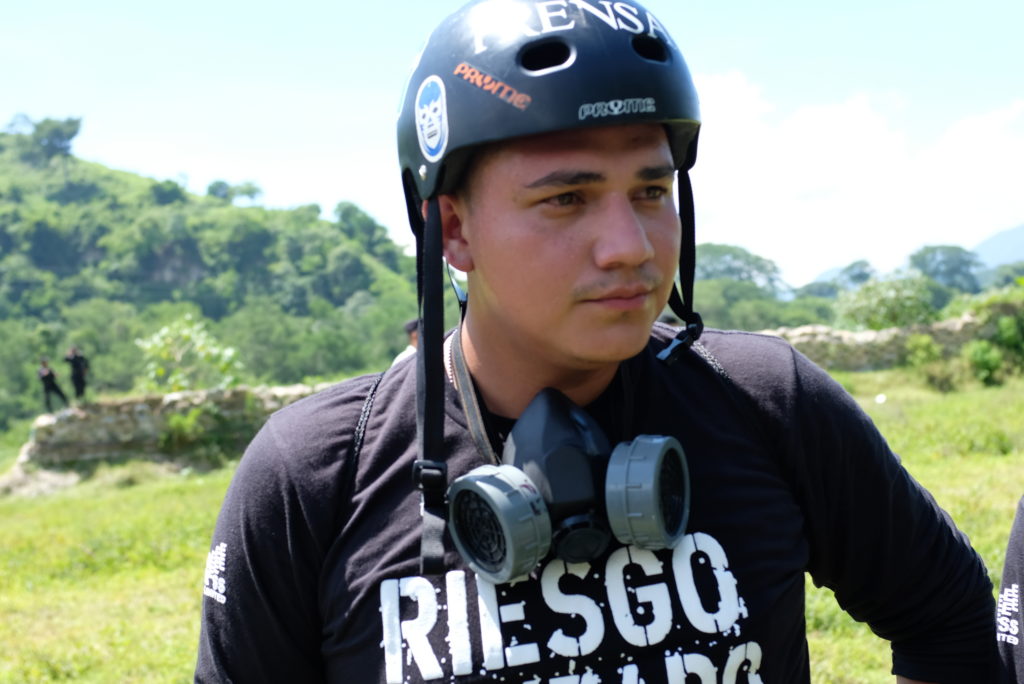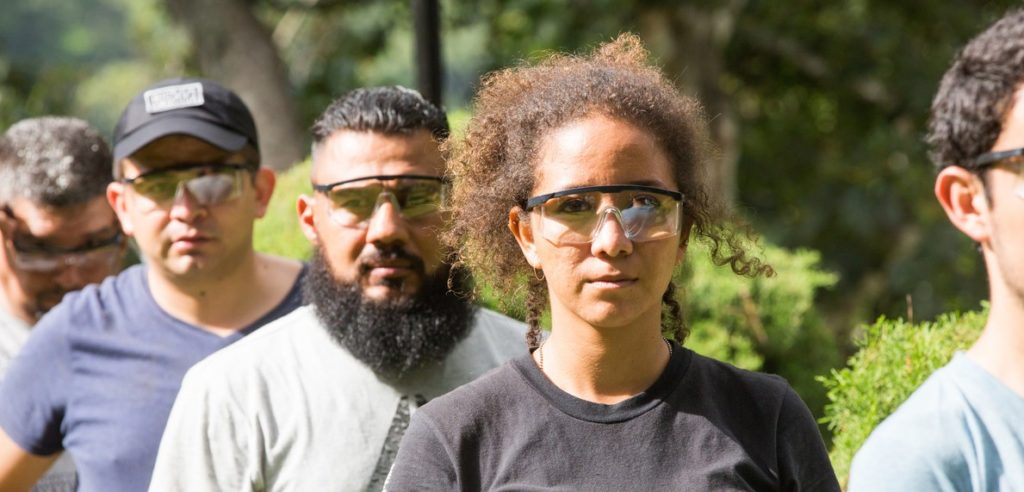Safety and security
It is possible to make a distinction between safety and security. The Good Practice Review on Operational Security Management in Violent Environments (Number 8) (also known as GPR 8) by the Humanitarian Practice Network also makes this distinction, by defining safety as ‘freedom from risk or harm as a result of unintentional acts’ and security as ‘freedom from risk or harm resulting from intentional acts’. In line with these definitions, safety risks can then be seen as (internal) risks related to situations and activities that happen unintentionally, such as accidents, natural phenomena or illness. Security risks, one the other hand, are (external) risks related to events that happen on purpose, such as violence or other intentional acts. The concepts of safety and security are sometimes interwoven. Moreover, oftentimes these terms are used interchangeably. Nevertheless, as the fact ‘safety ‘ is more prevalent and endorsed in the international scene in the context of safety of journalists, Free Press Unlimited uses the term safety more often.
Safety as a comprehensive concept
Safety is a concept that encompasses different aspects, being the physical, psycho-social, digital and legal aspects. These aspects should not be viewed in isolation of each other, because they impact on each other and can be interwoven. Threats to a journalist’s physical safety, for instance, can have serious ramifications for his or her psycho-social well-being and safety as well. Furthermore, many women journalists are not only at risk because they are a journalist, but also because they are female, which highlights the importance for an inter-sectional and holistic approach. This means that solutions should be more than stand-alone interventions and should take the broader picture into account.
Learn more
The Holistic Security Manual by Tactical Tech is founded on the understanding that ‘security’ is a deeply personal, subjective and gendered concept. This means that rather than looking separately at the importance of our digital security, psycho-social well-being and organisational security processes, it attempts to integrate them and highlight their interrelatedness.
For the different elements of safety that Free Press Unlimited recognises in its work, see the pages below.

Physical violence against journalists comes in many forms: from assault to abduction and at its most extreme, killing.

Safety risks within the digital domain are on the rise. These risks range from surveillance and hacking to online harassment.

Being subject to physical, digital and/or legal threats often impacts on the psycho-social well-being of journalists.

Journalists increasingly face prosecution, which has a chilling effect on press freedom as it may lead to self-censorship.

The safety of journalists has a gendered component, as women journalists face a double burden. Oftentimes, they are being attacked both as journalists and as women.
